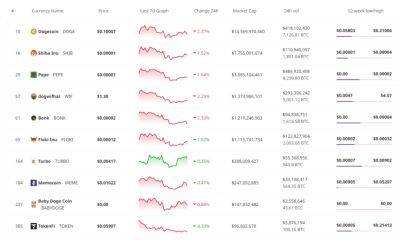Will Bitcoin’s Liquidity Be Unlocked for The Next Billion Users?
Bitcoin has traditionally been associated with its store of value or digital gold narratives. This is however rapidly changing with the integration of BTC into decentralized finance (DeFi) products and the spur of growth in interoperability solutions for the asset. Currently, nearly $1 trillion in BTC value is lying in wallets as dormant capital, with partly $15 billion worth of daily transactions across the largest blockchain ecosystem today.
The dormant capital has the potential to become yield-generating (as witnessed across DeFi), benefiting the ecosystem at large. Bitcoin holders have the opportunity to generate revenue from their assets, as well as gain capital returns as the asset appreciates. However, for this to happen, suitable protocols need to be built and the capital activated suitably, ensuring security and decentralization are not impacted.
Not activating the billions in value is akin to placing bank notes under the bed and leaving them to gather dust. In the blockchain age, where value can be seamlessly and instantly transferred, the lack of unlocking Bitcoin’s potential liquidity is unjustifiable.
Luckily, several platforms are working on interoperable solutions, which could potentially unlock hundreds of billions worth of Bitcoins, allowing holders an opportunity to earn through liquidity provision, lending, borrowing, staking, and yield farming. One such platform, Zeus Network, combines the security of the Bitcoin mainchain with the speed, low-cost transfers and efficiency of the Solana blockchain to help unlock Bitcoin’s liquidity for the next billion users.
We discuss in detail the key elements that the Bitcoin blockchain lacks to unlock said liquidity and the solutions and infrastructure that
Read more on cryptonews.com





















